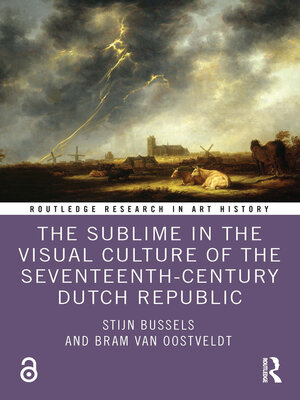The Sublime in the Visual Culture of the Seventeenth-Century Dutch Republic
ebook ∣ Routledge Research in Art History
By Stijn Bussels

Sign up to save your library
With an OverDrive account, you can save your favorite libraries for at-a-glance information about availability. Find out more about OverDrive accounts.
Find this title in Libby, the library reading app by OverDrive.



Search for a digital library with this title
Title found at these libraries:
| Library Name | Distance |
|---|---|
| Loading... |
Contrary to what Kant believed about the Dutch (and their visual culture) as "being of an orderly and diligent position" and thus having no feeling for the sublime, this book argues that the sublime played an important role in seventeenth-century Dutch visual culture.
By looking at different visualizations of exceptional heights, divine presence, political grandeur, extreme violence, and extraordinary artifacts, the authors demonstrate how viewers were confronted with the sublime, which evoked in them a combination of contrasting feelings of awe and fear, attraction and repulsion. In studying seventeenth-century Dutch visual culture through the lens of notions of the sublime, we can move beyond the traditional and still widespread views on Dutch art as the ultimate representation of everyday life and the expression of a prosperous society in terms of calmness, neatness, and order.
The book will be of interest to scholars working in art history, visual culture, architectural history, and cultural history.
The Open Access version of this book, available at www.taylorfrancis.com, has been made available under a Creative Commons Attribution-Non Commercial-No Derivatives (CC-BY-NC-ND 4.0) 4.0 International license. Funded by Ghent University.







